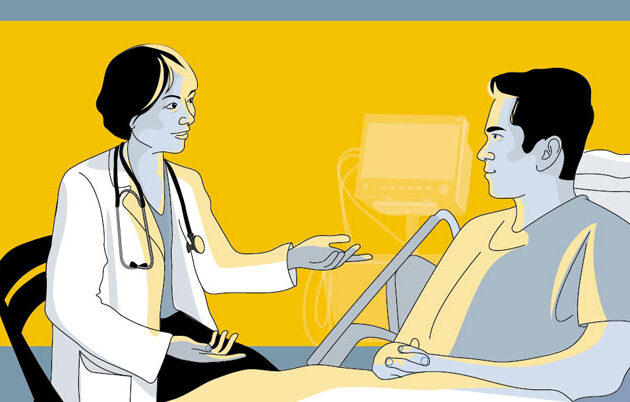The study was published in the journal Alzheimer’s & Dementia: Diagnosis, Assessment & Disease Monitoring.
The results of the study come from testing about 1,500 people enrolled in the large Beaver Dam Offspring Study (BOSS). BOSS is a longitudinal study on sensory and cognitive aging that started seeing participants in Beaver Dam, a city about 40 miles northeast of Madison, in 2005. Most study participants in the BOSS are baby boomers and members of Generation X.
Merten’s team compared their approach to two older prediction scores, the Framingham Risk Score and the Cardiovascular Risk Factors, Aging, and Incidence of Dementia score.
“We wondered if these older scores could benefit from an update,” Merten said.
New measures are needed for the more recent generations enrolled in BOSS, Merten said, who tend to develop dementia at lower rates than their parents. These generations have higher rates of educational attainment and lower rates of smoking and cardiovascular diseases than older generations. A healthier lifestyle could reduce dementia risk.
“Our prediction that included sensory and motor function was better within our middle-aged cohort of more recent generations,” Merten said. “The majority of our participants were in their midlife at the time of their testing, an age when intervention and prevention methods could be more effective to slow further decline.”
The 1,529 people in the study were an average age of 49 when the study began. They were assessed for education and cardiovascular risk factors including blood pressure, total cholesterol blood levels, exercise, smoking history, weight and diabetes. They also had exams to test for loss in hearing, vision and sense of smell. Their hand grip strength and fine motor skills were tested as well, and they took a battery of cognitive tests. Participants were re-assessed after five and 10 years.
An expert neurocognitive review panel looked at the results for each wave of tests. In combination with other data such as reports of an Alzheimer’s disease diagnosis, review panel members determined which participants’ test results met the standard for cognitive impairment. A second measure, cognitive decline, was determined by the time it took people to complete the “trail-making test,” which have them connect letters or numbers in order. Those who took more than 29 seconds longer than their baseline test were considered as having cognitive decline.
Adding sensory and motor measures to predictions using the Cardiovascular Risk Factors, Aging, and Incidence of Dementia score or Framingham Risk Score improved the prediction of cognitive decline or impairment 10 years later.
“Sensory and motor function tests are reliable, cost effective and non-invasive, so they could serve as a practical addition for future prediction models,” Merten said. “If we can identify high-risk individuals early, we can target them for future intervention and prevention strategies.”
More research in other study cohorts will be needed to compliment these results before new prediction scores can be generated, according to Merten.
“We also need to follow people longer to see if sensory and motor changes could also predict later life impairments in daily living and onset of dementia,” she said.
Merten’s research team continues to explore this area of research. Recently they started the 18-year follow-up of the original Beaver Dam Offspring Study, called the Beaver Dam Offspring Study-Neurocognitive Aging Study. With this continuation, they aim to contribute to the identification of early markers and potentially modifiable factors to promote healthy brain aging. Through a collaboration with Northwestern University in Evanston, Ill., using data from the Hispanic Community Health Study/Study of Latinos, the research team aims to test the robustness of their study results.
While all the investigators and study staff have worked diligently on this research, the study participants really make this possible, according to Merten.
“We would like to thank all our participants for their continuing participation and support,” Merten said.
Other research members at UW–Madison include lead author Carla Schubert, A. Alex Pinto, Adam Paulsen, Richard Chappell, Yanjun Chen, Corinne Engelman and Sterling Johnson.


